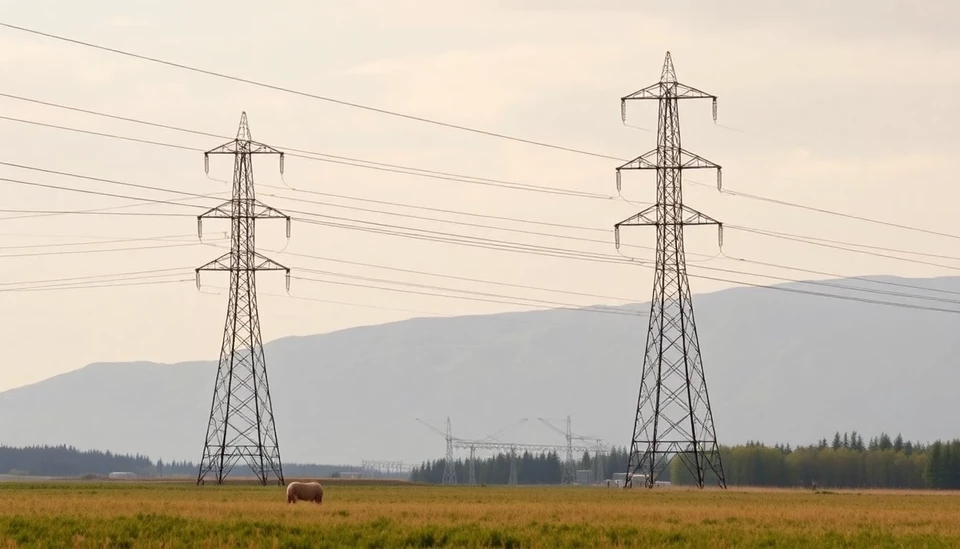
In a rapidly evolving energy landscape, U.S. grid operators are finding themselves under increasing pressure to secure sufficient electricity supplies. This urgency is magnified by fluctuating energy demands and an unpredictable climate, coupled with the need for a more resilient and sustainable grid. As a response, many grid operators are shifting their focus towards imports of electricity from Canada, where hydroelectric power capacity offers a clean and reliable source of energy.
The surge in interest comes as various American states are setting ambitious renewable energy targets and striving to decarbonize their energy sectors. Canadian provinces, particularly those rich in hydroelectric generation like Quebec and British Columbia, are in a prime position to alleviate some of the pressures faced by U.S. grids. These jurisdictions boast significant excess energy production that could be leveraged to help meet U.S. demand, particularly during peak usage periods or when renewable energy generation falters.
As the seasons change and the summer heatwaves approach, U.S. grid operators are scrambling to arrange contracts and collaborations with their Canadian counterparts. Such partnerships are increasingly viewed as a potential lifeline for balancing supply and demand effectively. The interconnectedness of the North American grid, strengthened by intertied transmission lines, allows for the efficient transfer of power across borders—making Canada an integral player in the United States' energy strategy.
The urgency has also brought to light the underlying complexities involved in importing electricity. Issues such as regulatory compliance, transmission capacity, and the timing of infrastructure development pose significant challenges. According to experts, while the opportunity to import more Canadian electricity is considerable, U.S. grid operators must navigate a labyrinth of contractual negotiations and policy shifts to access this energy efficiently.
One major challenge is the regulatory framework that governs cross-border energy trade. Trade agreements and energy regulations can differ widely among states, leading to potential delays in the implementation of new contracts. Moreover, the discrepancy in energy pricing models further complicates the process, as electricity markets in U.S. states can fluctuate widely based on demand and available resources.
Despite these hindrances, the urgency to secure Canadian electricity imports is underscored by the reality of climate change, which is making some regions more susceptible to extreme weather events, thereby impacting local energy production. Grid operators are racing against time to ensure that their systems can withstand these fluctuations, and Canadian energy imports are becoming an essential part of their contingency planning.
In conclusion, as the demand for electricity continues to rise and climate unpredictability increases, the focus on Canadian electricity imports is likely to grow stronger. U.S. grid operators are now tasked with not just securing energy but also building a more interconnected and resilient grid that can absorb both domestic and international energy sources. The transition to a clean energy future hinges on these collaborations, making the pursuit of electricity from Canada an essential strategy for the United States.
#ElectricityImports #RenewableEnergy #Canada #USEnergy #GridResilience #ClimateChange #Hydropower
Author: Victoria Adams




